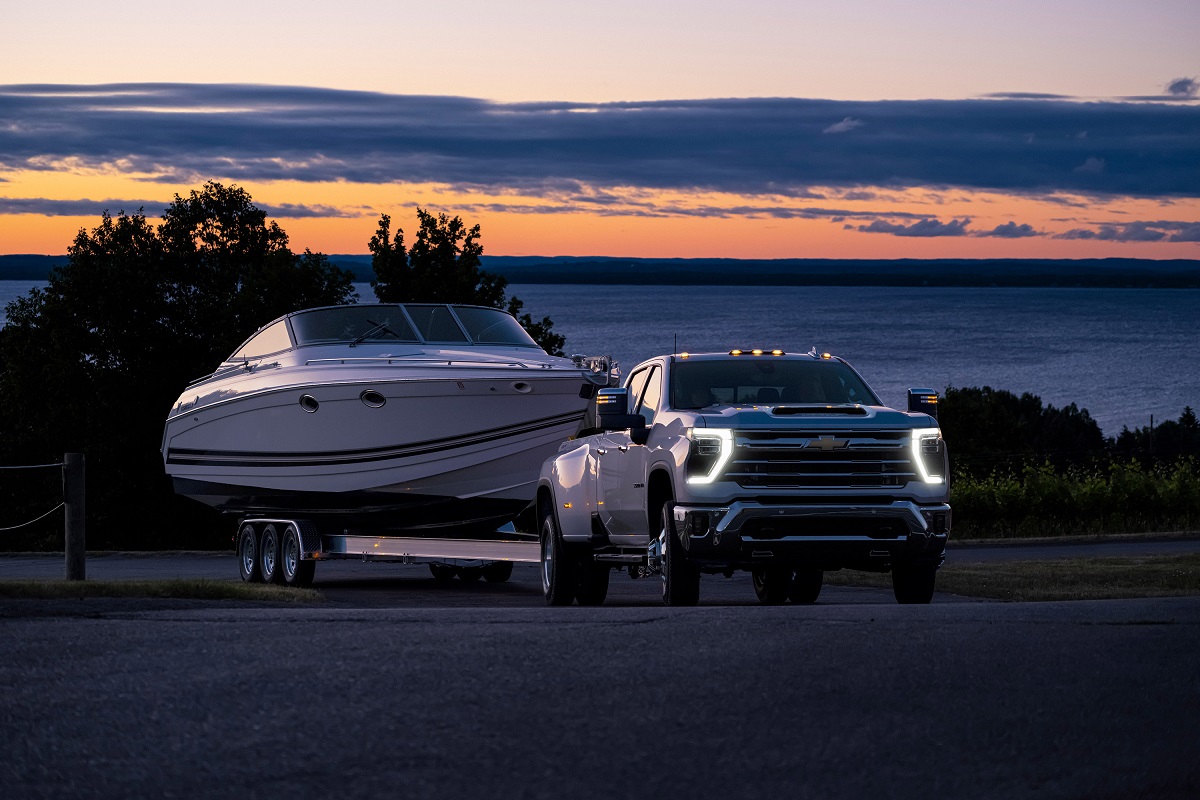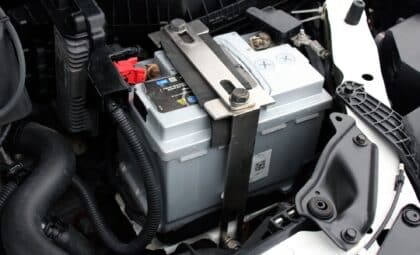
Ever wondered why some automaker brag about their SUV’s body-on-frame construction? Or have you wondered why some SUVs can tow far more than their similarly sized siblings? Many of these differences come down to how the vehicle was built — namely, whether the model features unibody or body-on-frame construction. Here’s a look at the benefits and drawbacks of each.
Looking for a Capable Truck? Here are some reasons to choose a Chevy
Most modern sedans, coupes, crossovers, and small-to-midsize SUVs feature unibody construction. As the name suggests, these models feature a single, unified body and chassis.
Efficiency: Unibody construction allows engineers to shave excess weight from a vehicle’s design, giving these models better fuel economy on the road.
Handling: Thanks to their lightweight design and generally lower center of gravity, unibody models tend to provide better cornering and a more responsive ride than their body-on-frame counterparts.
Safety: Unibody design makes it easy for engineers to integrate passive safety features like crumple zones. This factor has led more automakers to favor unibody construction for popular family-friendly SUVs like the Chevy Equinox.
Drawbacks: While unibody models make great commuter vehicles, they aren’t built to stand up to rigorous off-road expeditions or the stress of towing heavy loads. These strenuous tasks can damage the vehicle’s frame. And if the vehicle does suffer frame damage, it’s costly or impossible to fix, due to the fact that the vehicle has a united body and chassis.
These vehicles feature a separate chassis and body. While most modern vehicles feature unibody construction, the unique benefits of body-on-frame construction have lead to a strong market for these good old-fashioned models. While unibody construction offers what commuters want in their sedans and crossovers, body-on-frame trucks and SUVs feature exceptional durability and better off-road performance.
Designed for off-road adventures: Unlike unibody models, body-on-frame vehicles can better withstand the twisting that happens to the chassis when traversing uneven terrain. All of that flexing could warp the frame of a unibody vehicle, leading to permanent damage.
Better for tough jobs: The rigors of rocky off-road trails aren’t the only twisting forces that your vehicle can endure. Since towing trailers and hauling heavy loads can similarly stress your vehicle, body-on-frame models are better suited for hard work. That’s why body-on-frame the Chevy Tahoe can tow significantly more than its unibody-based siblings, like the Chevy Traverse.
Easier repairs: In addition to being more durable, body-on-frame vehicles are also easier and more affordable to repair. That’s because body-on-frame construction is more modular, so parts can more easily be replaced as they wear out.
Drawbacks: Body-on-frame construction has a few drawbacks. Namely, these vehicles are heavier than unibody models, leading to reduced fuel economy and less nimble handling. It’s also tougher to engineer crumple zones when designing a body-on-frame model, so these trucks and SUVs are a bit less safe in collisions, compared to unibody vehicles.
Want to learn more about the specifics of different vehicles? Check out our article on what makes Brembo brakes so special.
Kimiko Kidd is a native Daytonian. She graduated from Wright State University with degrees in environmental science and sociology. She loves her trusty old Honda Civic, but dreams of owning a 1974 Ford Falcon XB with a custom paint job and a vintage Kawasaki Z1000. In her free time, Kimiko can be found watercolor-painting, baking muffins, collecting rocks, playing old-school Nintendo games, writing her novel, sewing stuffed animals, and cosplaying as her favorite Mad Max characters. See more articles by Kimiko.









